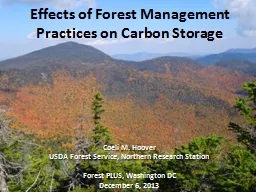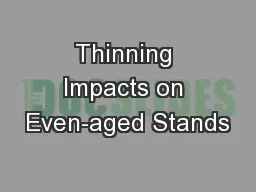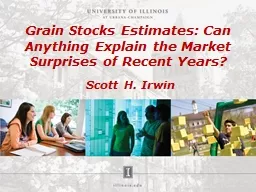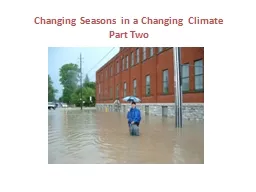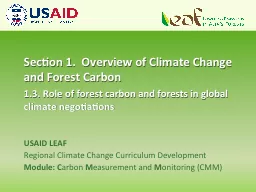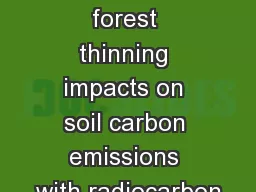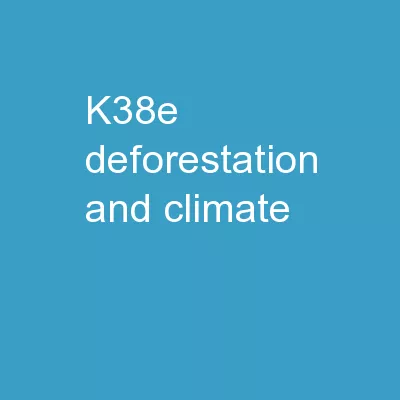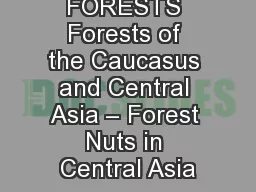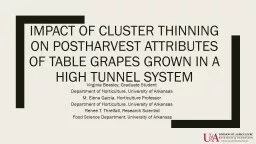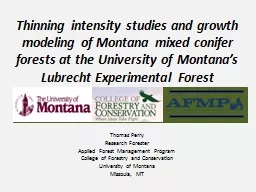PPT-Thinning Can Reduce Losses in Carbon Use Efficiency and Carbon Stocks in Managed Forests
Author : karlyn-bohler | Published Date : 2019-11-20
Thinning Can Reduce Losses in Carbon Use Efficiency and Carbon Stocks in Managed Forests Under Warmer Climate Collalti A Trotta C Keenan TF Ibrom A Bond Lamberty
Presentation Embed Code
Download Presentation
Download Presentation The PPT/PDF document "Thinning Can Reduce Losses in Carbon Use..." is the property of its rightful owner. Permission is granted to download and print the materials on this website for personal, non-commercial use only, and to display it on your personal computer provided you do not modify the materials and that you retain all copyright notices contained in the materials. By downloading content from our website, you accept the terms of this agreement.
Thinning Can Reduce Losses in Carbon Use Efficiency and Carbon Stocks in Managed Forests: Transcript
Download Rules Of Document
"Thinning Can Reduce Losses in Carbon Use Efficiency and Carbon Stocks in Managed Forests"The content belongs to its owner. You may download and print it for personal use, without modification, and keep all copyright notices. By downloading, you agree to these terms.
Related Documents



